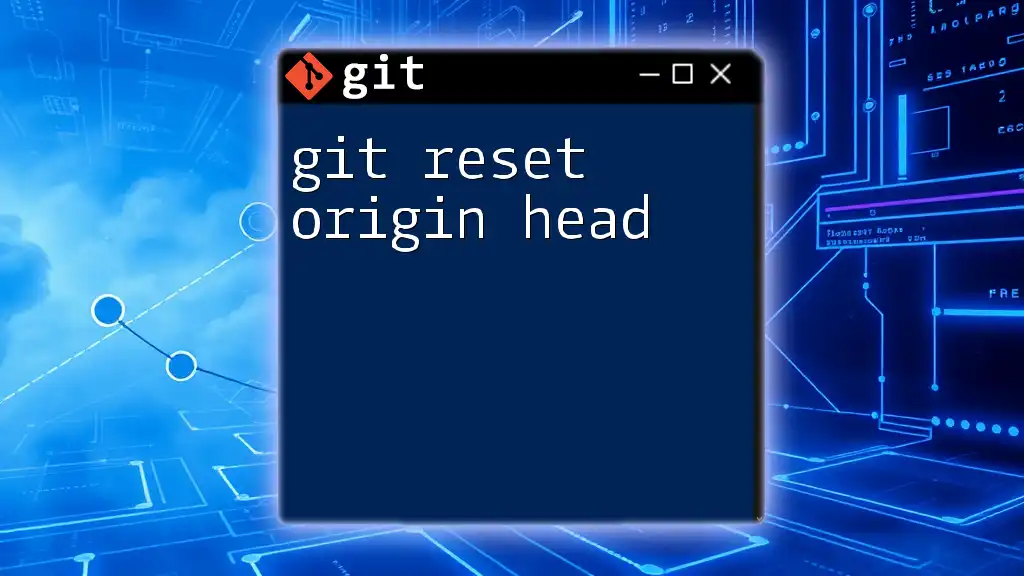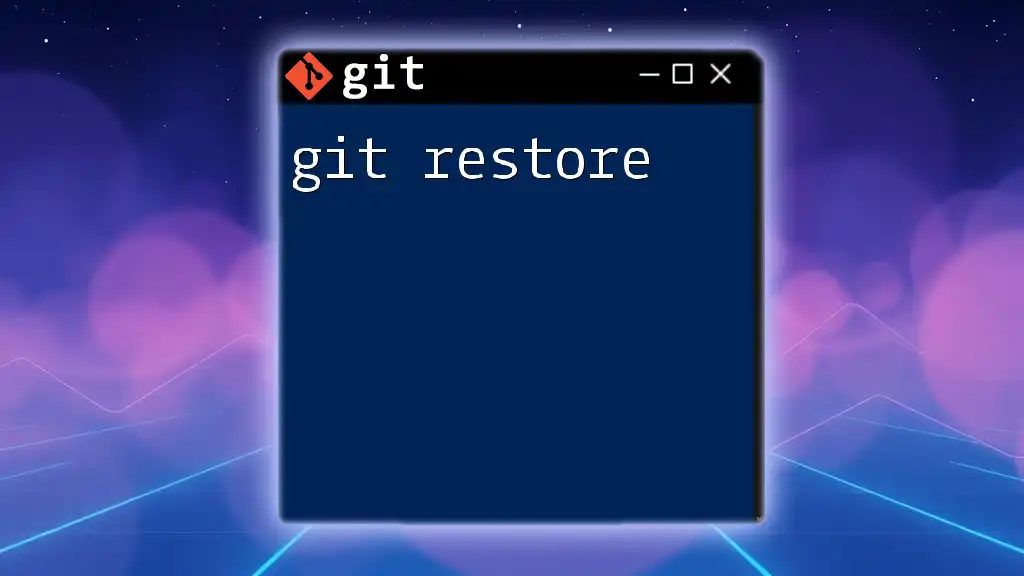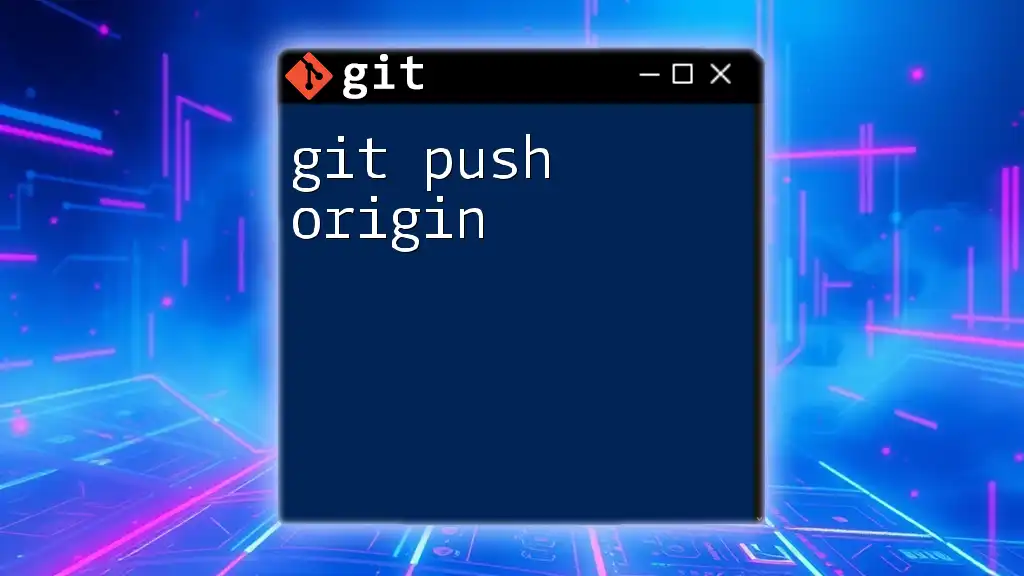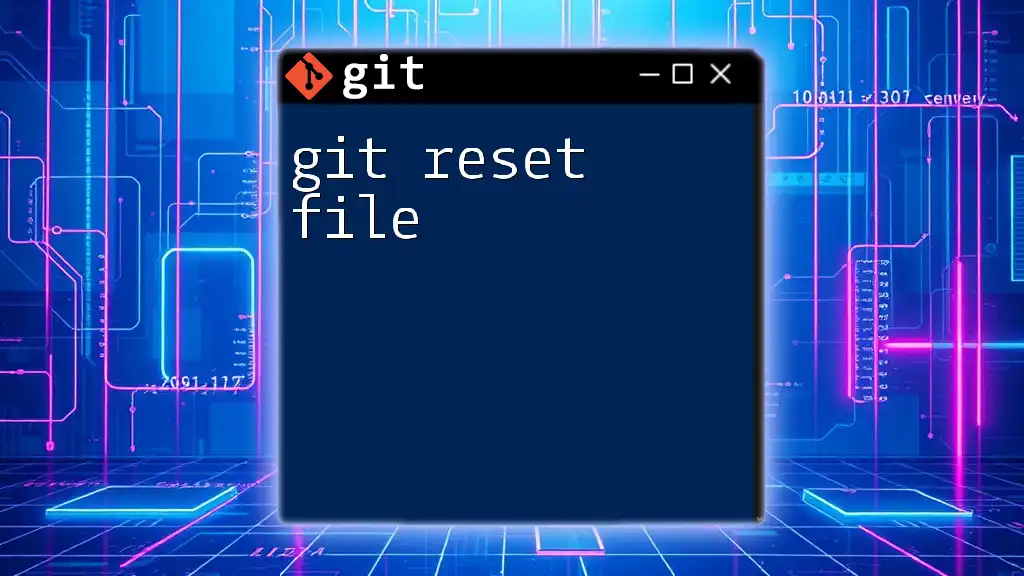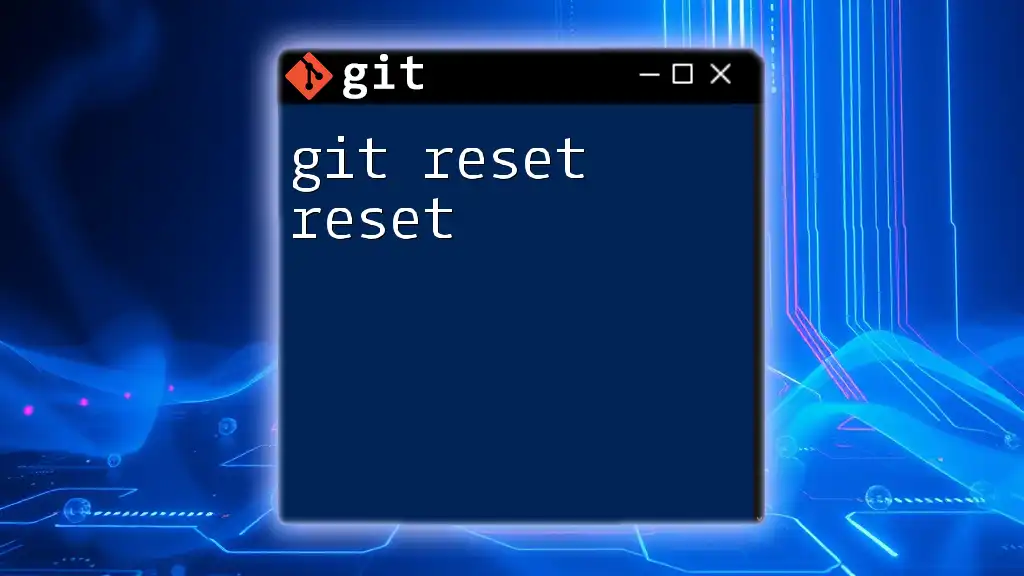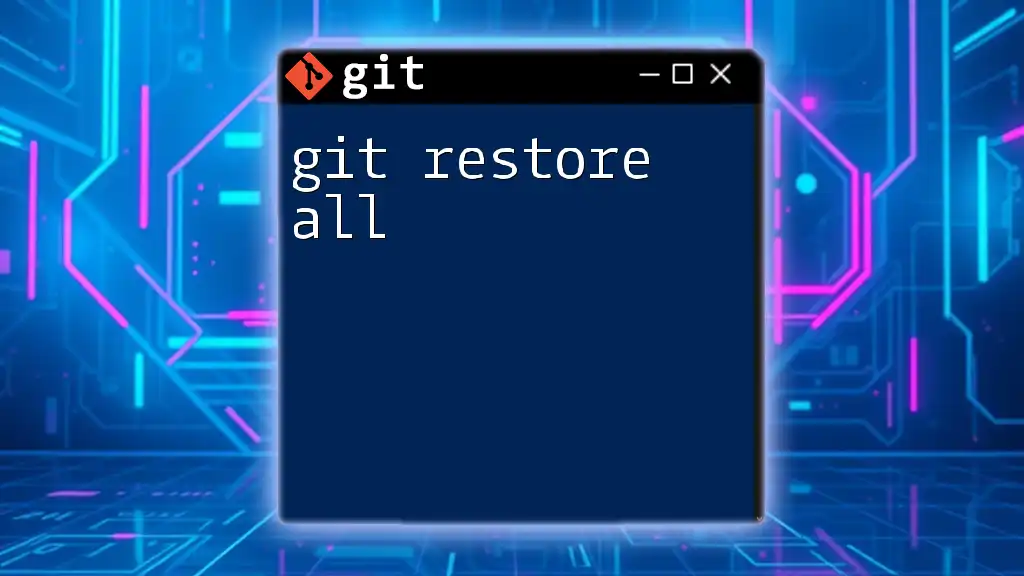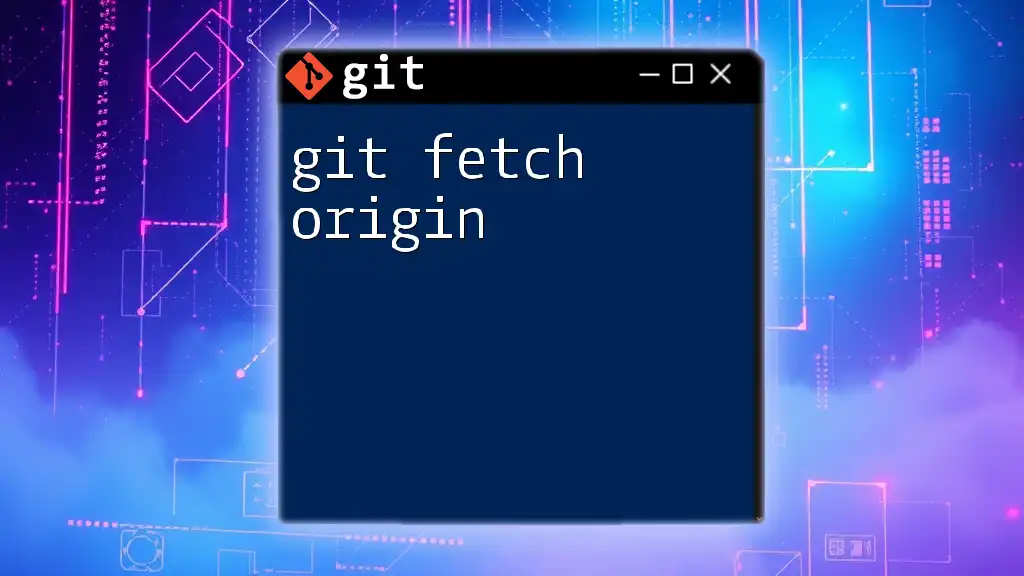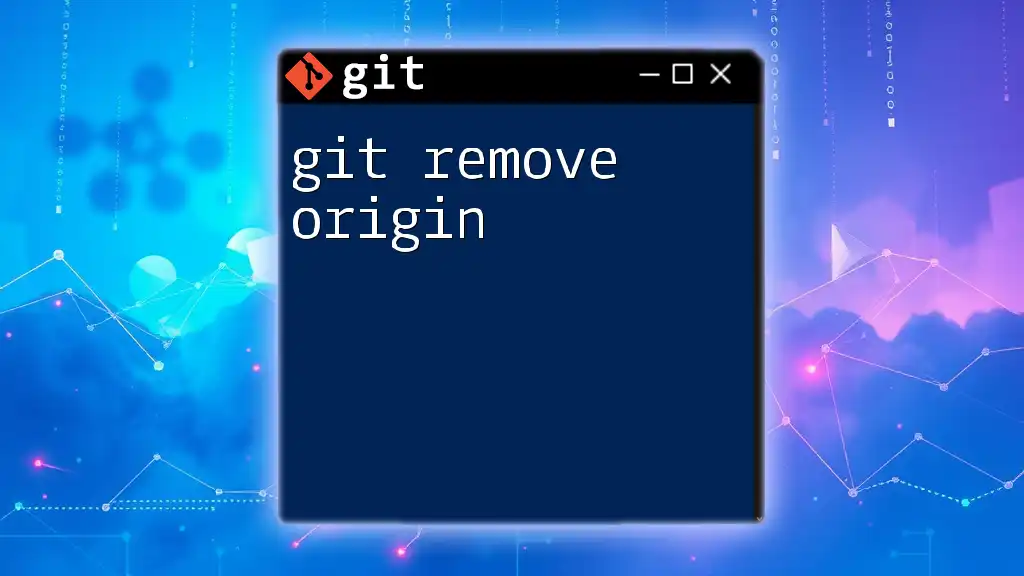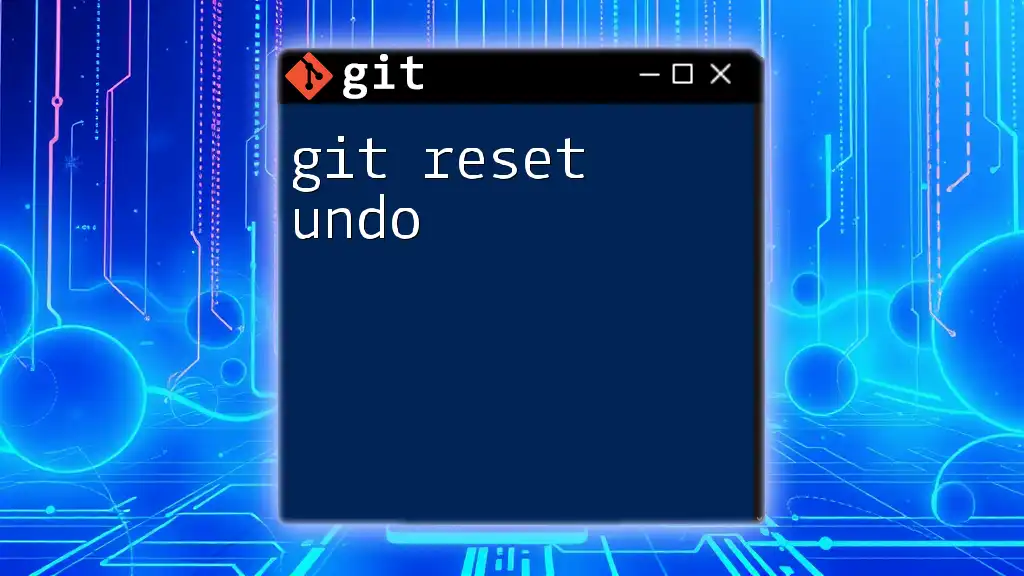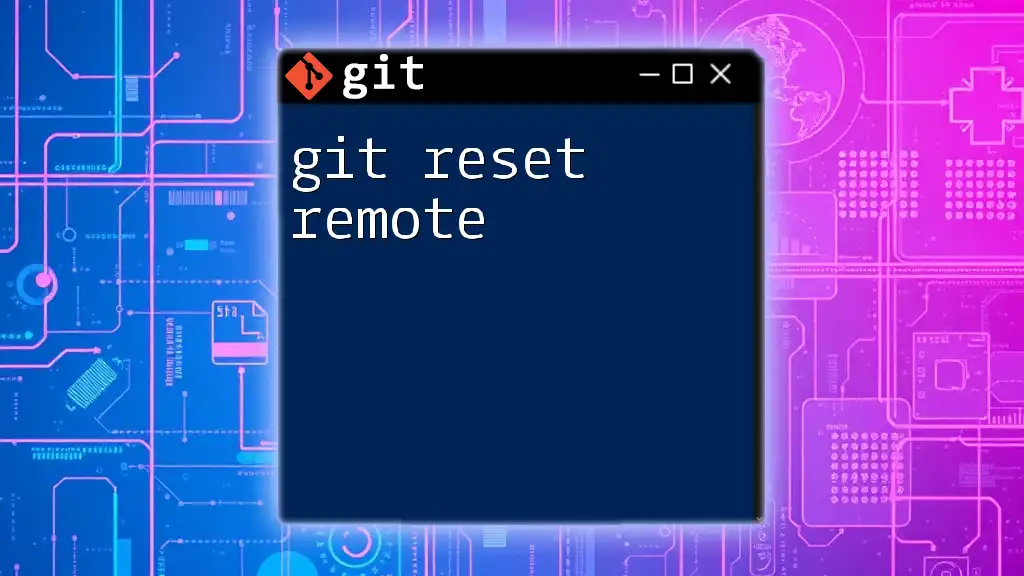The command `git reset origin HEAD` updates your current branch to match the state of the remote branch without modifying your working directory or staging area.
Here’s how you would use it in practice:
git reset origin HEAD
What is `git reset`?
`git reset` is a powerful command in Git that modifies the current branch pointer and can alter the state of the staging area and working directory. It’s crucial for managing the commit history and local changes effectively. Understanding the different flavors of resets—soft, mixed, and hard—is essential in using this command responsibly.
-
Soft Reset: Moves the HEAD pointer to a specified commit but keeps the changes in your staging area. This is useful when you want to undo a commit while preserving the work done.
-
Mixed Reset: This is the default mode when no flag is specified. It updates the HEAD to a specified commit and resets the staging area but leaves your working directory unchanged, allowing you to modify files freely.
-
Hard Reset: This option resets the HEAD to a specific commit and clears both the staging area and the working directory. Be cautious with this option, as it permanently deletes changes.
Use Cases
When working in Git, you may find scenarios where using `git reset` is beneficial:
- Undoing recent changes before committing.
- Reverting to a previous state after a mistake.
- Aligning your local branch with remote changes after mishaps.

What Does `origin` Mean?
In Git, `origin` is the default name given to the remote repository, which is typically the version of your project stored on a hosting service like GitHub or GitLab. When you clone a repository, Git automatically assigns the remote repository’s URL to `origin`.
How `origin` is Defined
You can check your project’s remote configurations by using the command:
git remote -v
This command lists all configured remotes along with their fetch and push URLs, allowing you to confirm that you’re operating with the correct repository.
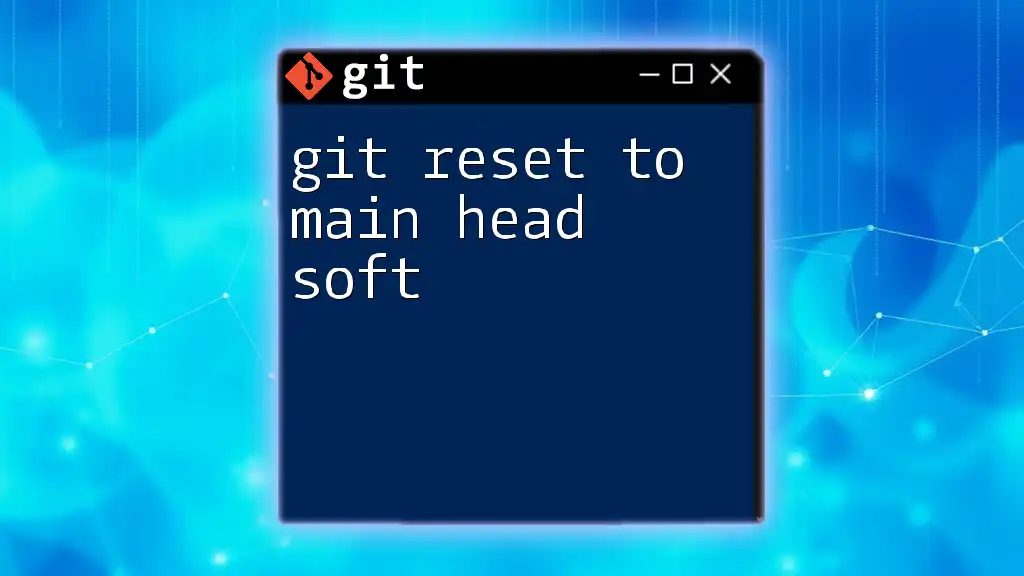
What is `HEAD` in Git?
HEAD is a special reference in Git that points to the latest commit of the currently checked-out branch. It serves as a marker for what the last commit was and plays a vital role in operations involving branches and commits.
Importance of HEAD in Version Control
Understanding `HEAD` is crucial because it influences the behavior of commands like `git reset`. When you're in a detached HEAD state, you're not on any branch, which can lead to confusion if not handled properly.
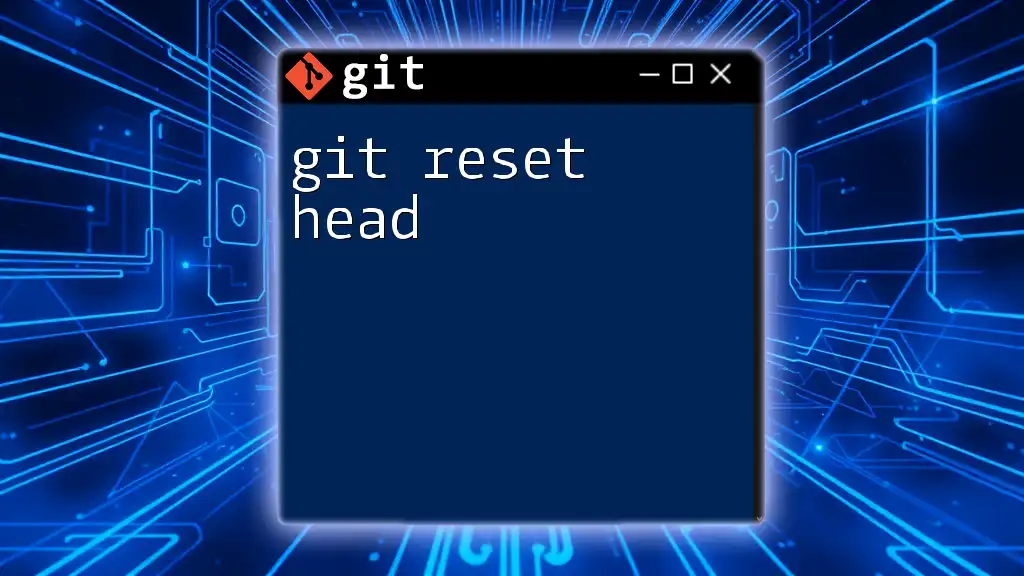
The Command Breakdown: `git reset origin HEAD`
The command `git reset origin HEAD` essentially resets your current branch to the latest commit on the `origin` repository. The command's structure is straightforward:
- `git reset` invokes the reset functionality.
- `origin` specifies the remote repository.
- `HEAD` indicates that you're targeting the latest commit of the current branch on that remote.
What Happens When You Run This Command?
When you execute this command, your local repository will be reset to match the state of the `HEAD` of the `origin` remote. Your working directory will remain unchanged, allowing you to review differences before taking further steps.
Comparison with Other `git reset` Commands
-
`git reset --hard origin/branch`: This command resets your local branch to precisely match the remote branch, discarding all local changes. Use this command with caution, as any uncommitted changes will be lost.
-
`git reset --soft origin/branch`: This option allows you to undo commits while keeping changes in your staging area, which is helpful if you need to redo your commits after adjusting the commit message or contents.
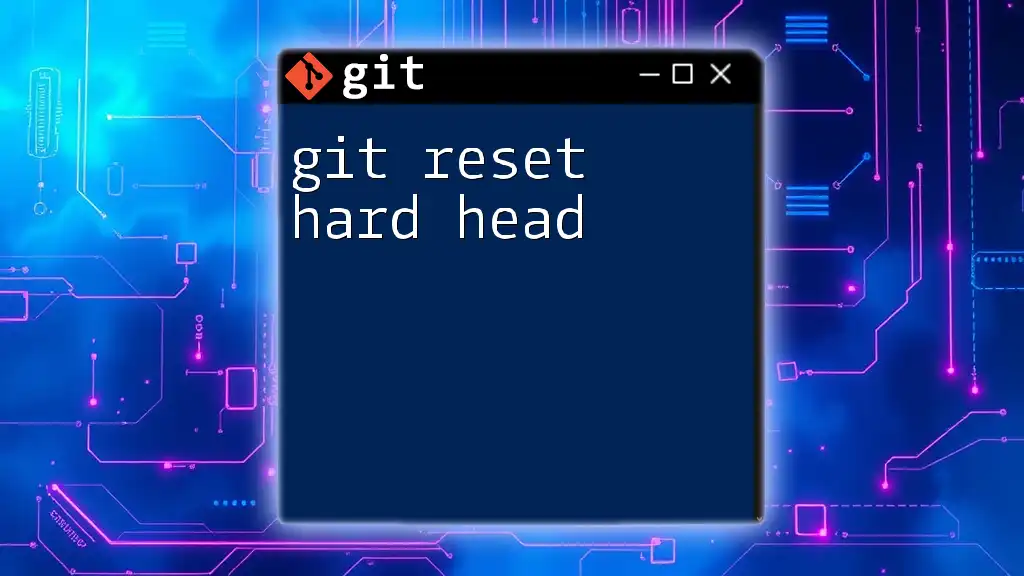
Common Use Cases for `git reset origin HEAD`
Scenario 1: Undoing Local Changes
Assume you're working on a feature branch, and you realize that recent local changes do not align with the latest updates from the remote repository. You can run:
git reset origin HEAD
This allows you to review the differences while retaining your current working state, making it easier to determine what to do next.
Scenario 2: Fixing Mistaken Commits
You accidentally pushed a series of commits that should have never made it to the remote. With `git reset`, you can quickly realign your local branch to the last known good state:
git reset --hard origin/branch
Remember that this command will remove any changes not committed yet, making it a powerful tool to use carefully.
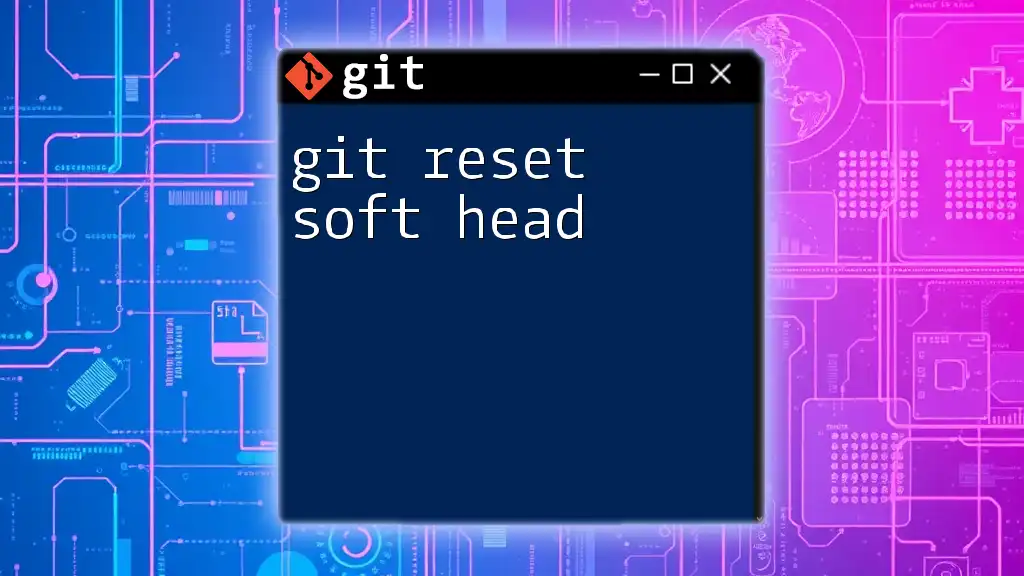
Step-by-Step Tutorial: Executing `git reset origin HEAD`
Prerequisites
Before using `git reset`, ensure that your working directory is clean (i.e., there are no unstaged changes). You can check this using:
git status
Step 1: Check the Current Status
Make sure to verify the current branch and any changes. Running `git status` provides a status of all modified files and the current branch name.
Step 2: Fetch Updates from the Remote
Before resetting, it’s wise to ensure you have the latest updates from the remote. Use:
git fetch origin
This command retrieves updates without altering your working directory, allowing you to see the latest changes available on the remote.
Step 3: Execute `git reset origin HEAD`
After checking the status and ensuring you’ve fetched updates, run:
git reset origin HEAD
At this point, your local branch will be aligned with the latest commit from the `origin`.
Step 4: Verify Changes
To confirm that the reset was successful, run:
git status
git log
These commands will show you the latest commits in your branch and confirm that your local history now matches what's on `origin`.
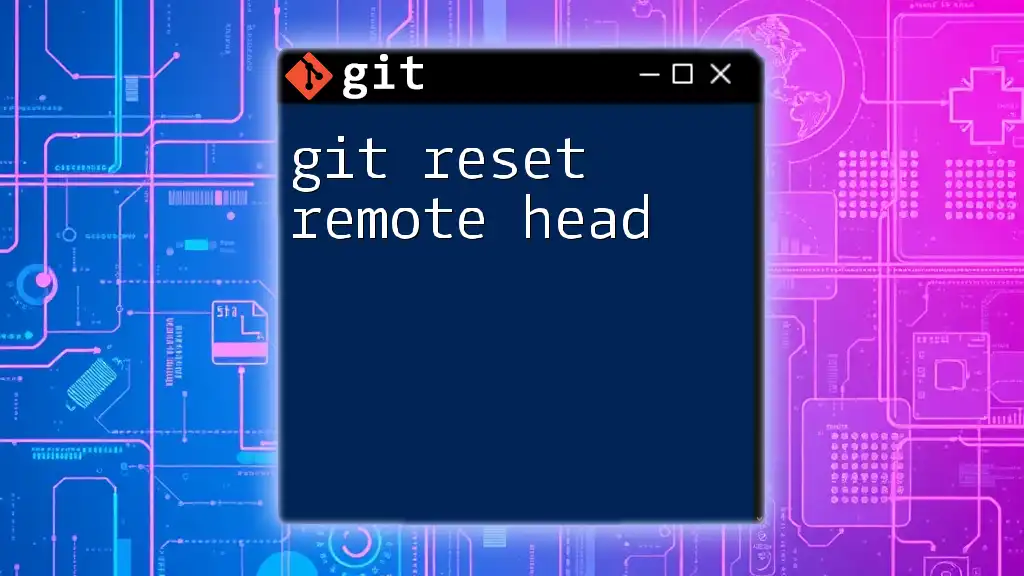
Potential Issues and Troubleshooting
Common issues that may arise when using `git reset` include:
-
Uncommitted changes lost: If you're using `git reset --hard`, always remember that uncommitted changes will be irretrievably lost. A good practice is to create a backup or use `git stash` before resetting.
-
Misalignment between branches: If you’re unsure whether `git reset` is the right choice, consider checking the differences with `git diff` before proceeding.
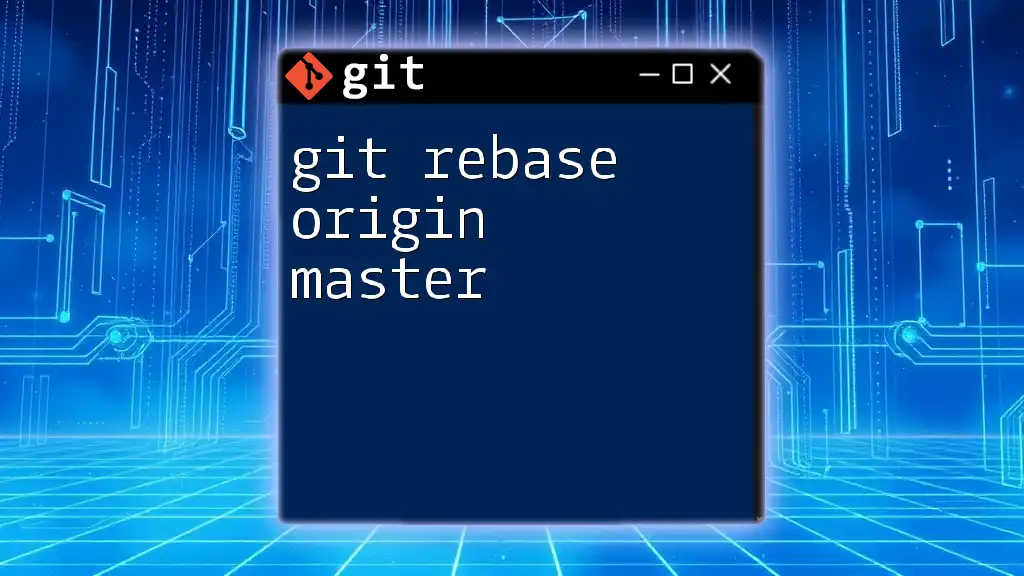
Best Practices for Using `git reset`
-
Use soft resets when you want to adjust past commits while keeping the changes staged for reworking.
-
Be cautious with hard resets: Always double-check if there are any uncommitted changes you want to keep.
-
Regularly utilize `git stash` to save changes temporarily before executing risky commands.
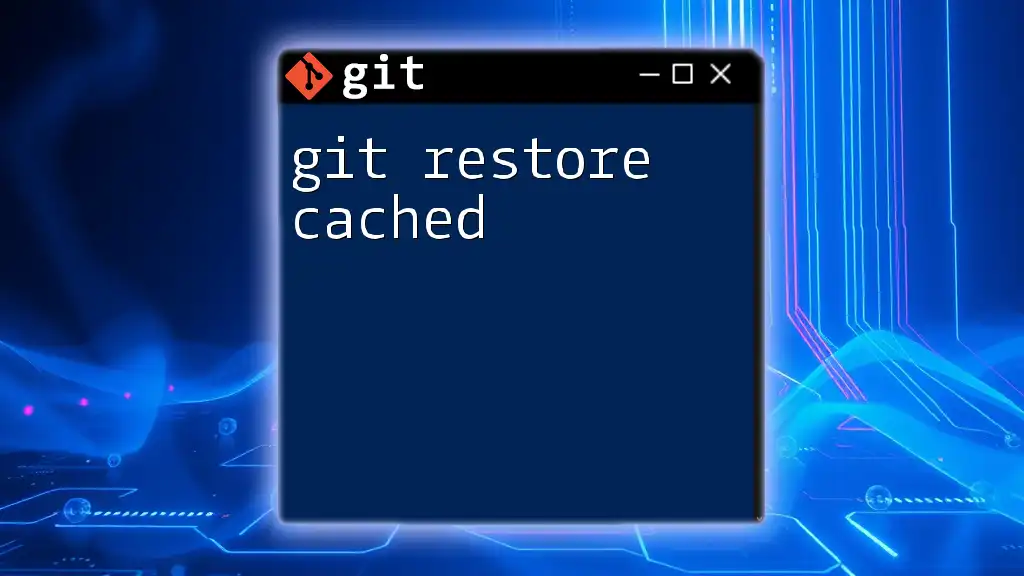
Conclusion
Mastering the command `git reset origin HEAD` allows you to maintain better control over your workflow in Git. Understanding how it interacts with HEAD and origin is fundamental for effective version control management.
Experimenting with `git reset` in a safe environment will enhance your proficiency and confidence in handling branches and commits. Don’t hesitate to revisit this vital command as you continue your journey with Git.
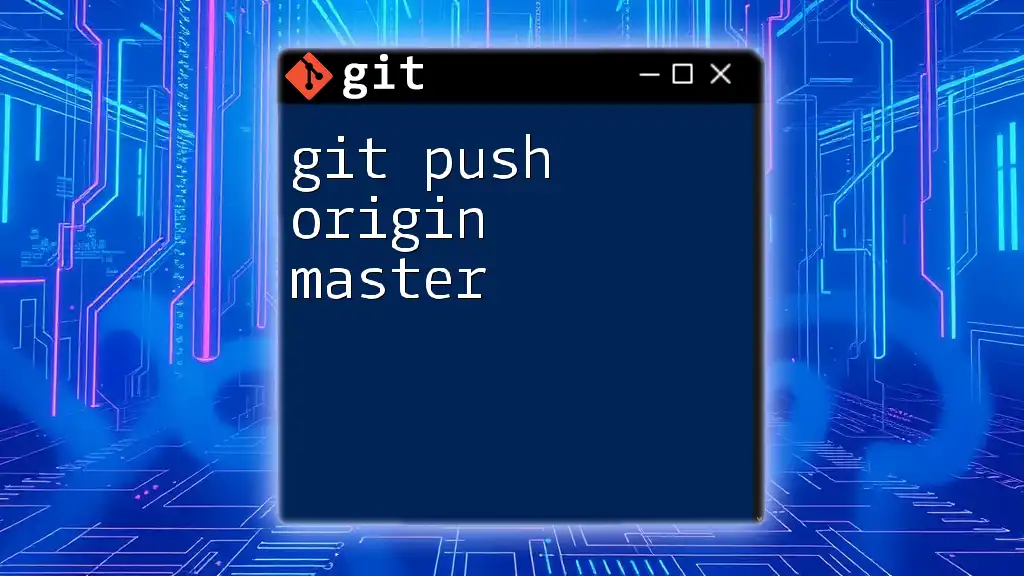
Additional Resources
For more in-depth learning materials, consider checking the official Git documentation or enrolling in courses that offer practical Git command usage to further your understanding and skills.

